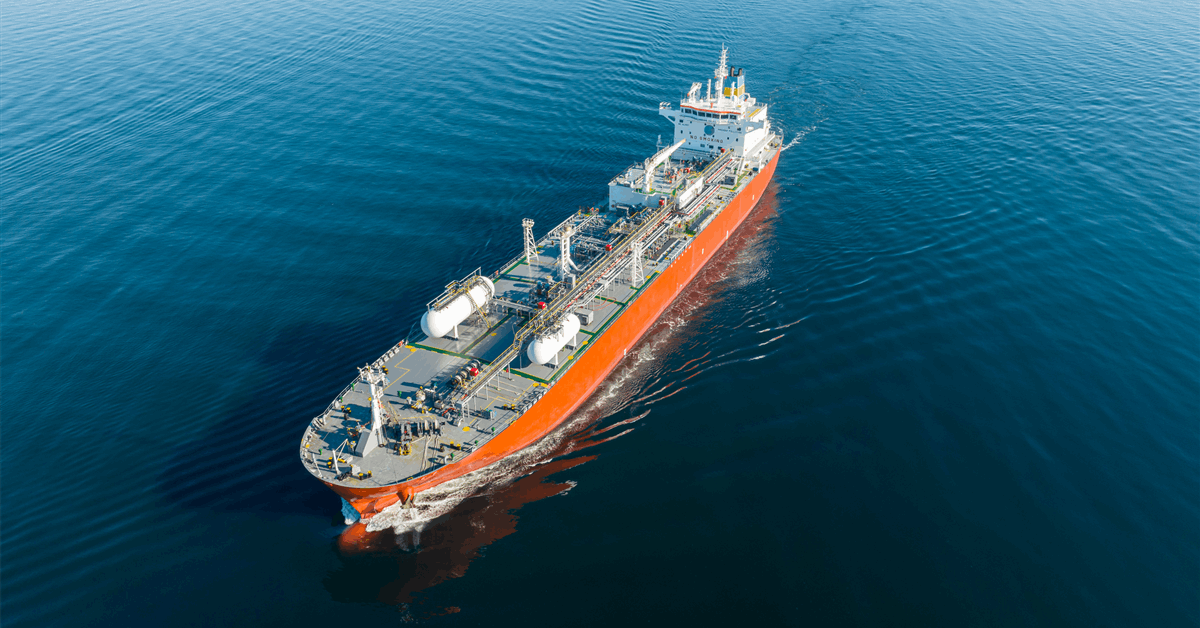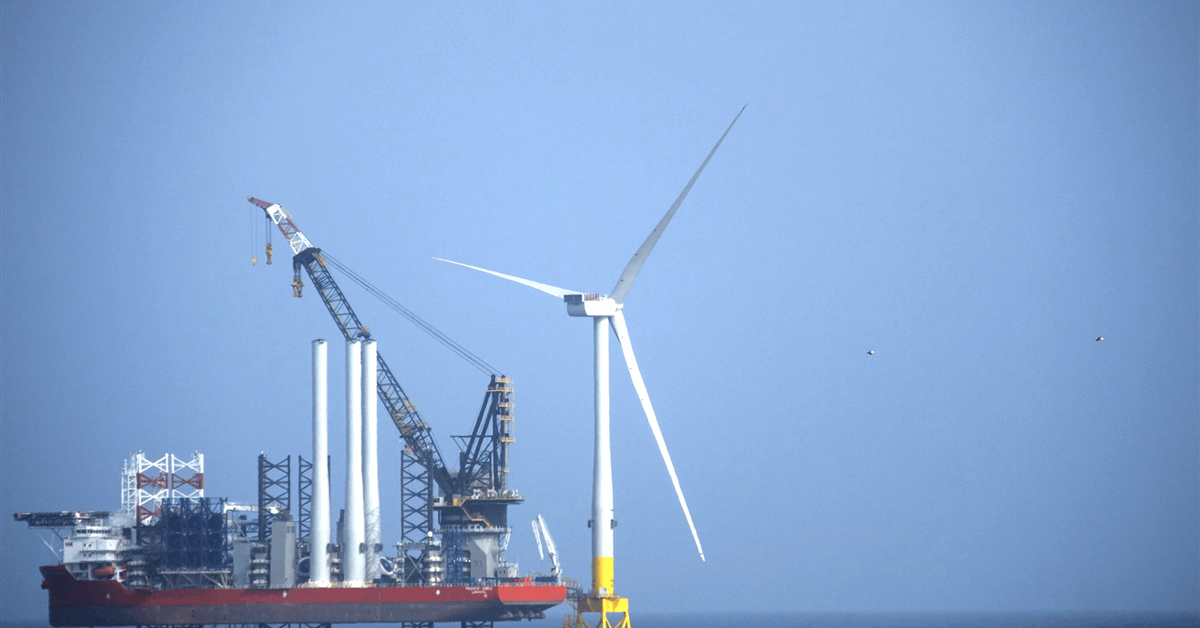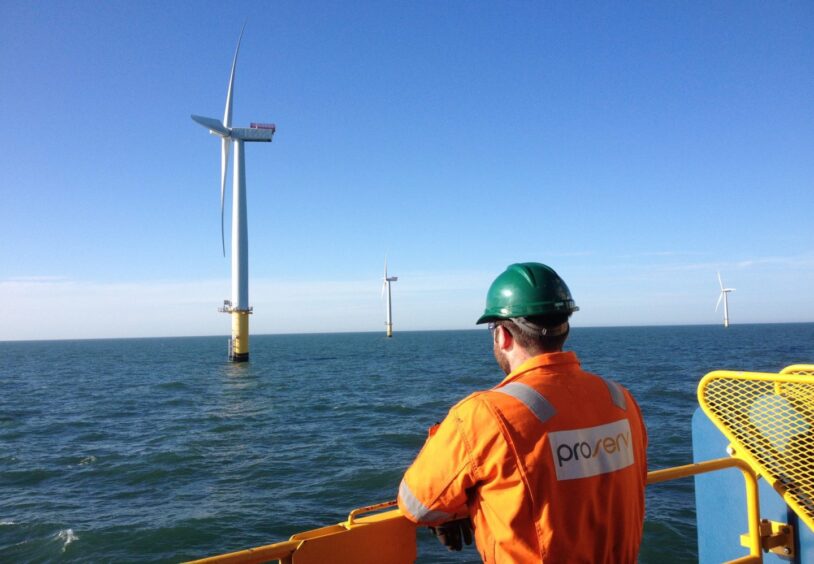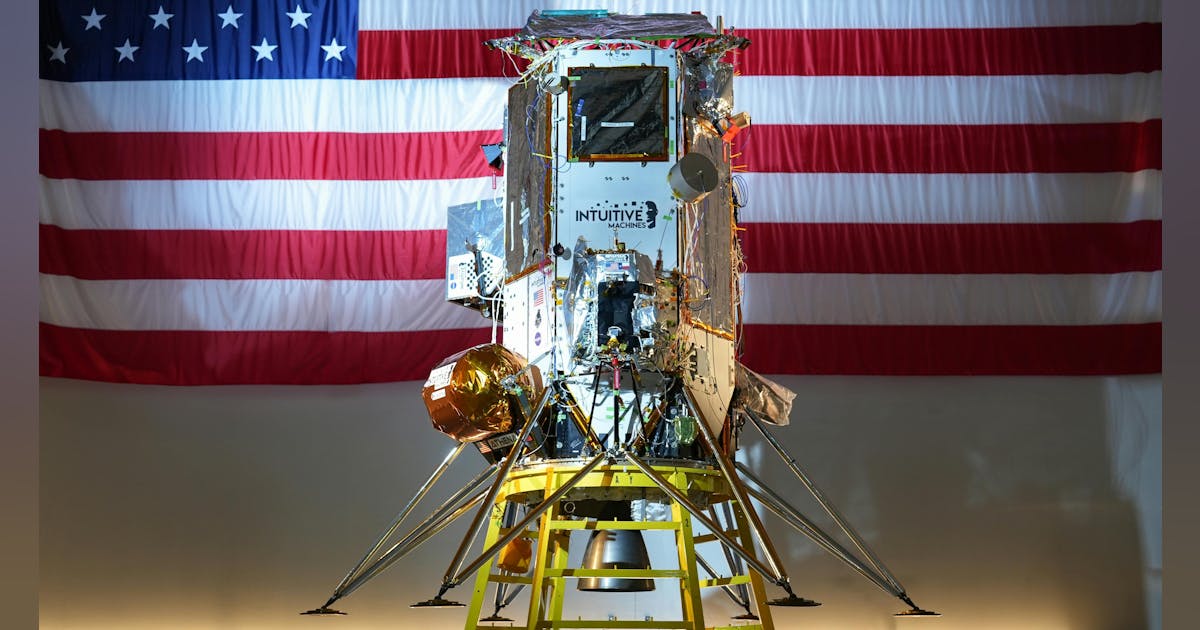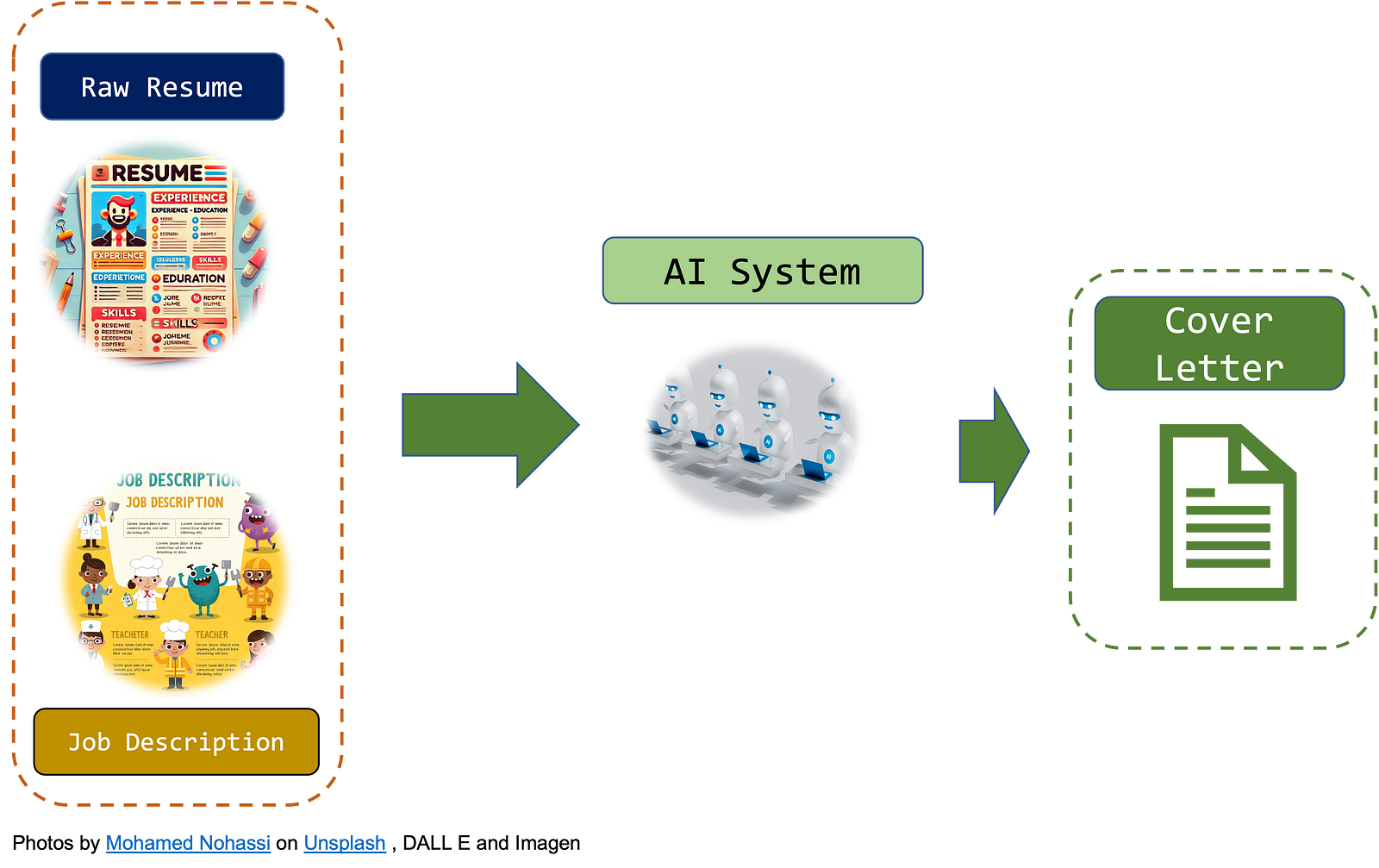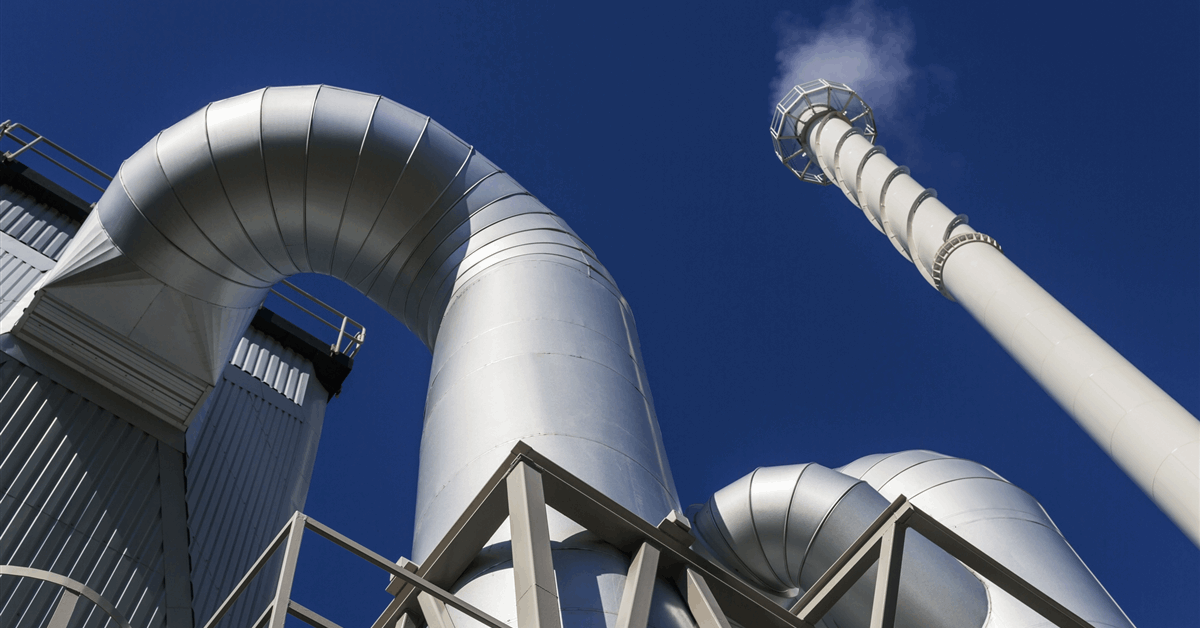
Liquid Wind AB has signed an agreement with Turun Seudun Energiantuotanto Oy (TSE) to build an eMethanol facility that can produce up to 100,000 metric tons a year in Naantali, Finland.
The facility is planned to be adjacent to TSE’s Naantali 4 power plant, which will supply biogenic carbon dioxide and steam for producing eMethanol.
“In addition, the process and waste heat of Liquid Wind’s facility will be used for district heat, reducing the share of incineration-based district heat production by TSE”, Gothenburg, Sweden-based eFuel firm Liquid Wind said in an online statement.
The partners plan to make a final investment decision next year. The facility is targeted to be operational 2029.
Liquid Wind, as the main project developer, has started the permitting process, the company said.
Liquid Wind and TSE, a power and heating utility serving Turku, will “explore the possibilities of ensuring a sufficient supply of renewable electricity to produce eMethanol”, it said.
“eMethanol is a very versatile commodity that can replace fossil fuels in hard-to-abate sectors such as shipping and aviation while reducing CO2 [carbon dioxide] emissions”, Liquid Wind said.
Claes Fredriksson, founder and chief executive of Liquid Wind, said, “Locally, in the city of Naantali, we will focus on CCU [carbon capture and utilization] and the reuse of CO2 and waste heat”.
“Globally, we aim to support the transition by allowing our off-takers to shift from fossil fuels to low-carbon eFuel produced at this facility”, Fredriksson said.
TSE managing director Pertti Sundberg commented, “This is an important project for us to achieve the climate goals of our owners and to secure renewable district heating for the Turku region in the future”.
The European Union requires member states to migrate their district heating and cooling systems to 100 percent renewable energy, waste heat or a combination of the two by 2050.
In the near term, by 2028, EU member states’ district heating and cooling systems should use “at least 50 percent renewable energy, 50 percent waste heat, 50 percent renewable energy and waste heat, 80 percent of high-efficiency cogenerated heat or at least a combination of such thermal energy going into the network where the share of renewable energy is at least five percent and the total share of renewable energy, waste heat or high-efficiency cogenerated heat is at least 50 percent”, as stated in the Energy Efficiency Directive adopted last year.
To contact the author, email [email protected]
What do you think? We’d love to hear from you, join the conversation on the
Rigzone Energy Network.
The Rigzone Energy Network is a new social experience created for you and all energy professionals to Speak Up about our industry, share knowledge, connect with peers and industry insiders and engage in a professional community that will empower your career in energy.
MORE FROM THIS AUTHOR





